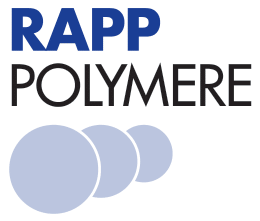ɑ-Butyric Acid NHS Ester-ω-Pentynoic(2-Fmoc-Amino) PEG
ɑ-NHS Ester-ω-Alkyne(Fmoc) PEG
€ 604,00*
1320000-35-70-22.500MG
Product information
PEGylation reagent for "Click" Chemistry. This PEG crosslinking reagent with a terminal alkyne functionality on one chain end reacts with azides under "Click" Chemistry conditions (for example Cu(I) catalyzed alkyne-azide cycloaddition, CuAAC) to form a stable triazole link between the two reaction partners. PEG-NHS derivatives are active esters and useful reagents to pegylate proteines, peptides or any other surfaces with a free primary amino group to form stable amide bonds. The Reaction requires a neutral to alkaline pH (7 to 8.5) to proceed. However, hydrolysis competes with aminolysis of the active ester and also increases with higher pH. Thus, working with excess PEG-NHS ester is necessary to obtain high pegylation yields. The PEG butyric acid NHS ester derivative has a C4 chain directly attached to PEG. It is one of the most stable PEG NHS esters known with a hydrolysis half-life of over 20 min at pH 8. PEG crosslinkers with Fmoc (fluorenylmethoxycarbonyl)-protected amino groups on one chain end. The Fmoc protecting group is stable in a wide range of conditions (including highly acidic environments) but may be easily removed by primary and secondary amine bases (such as piperidine) in polar solvents to release the primary amine. The amine functional group at one end of the PEG linker molecule allows for selective and covalent attachment to other molecules with complementary functional groups, such as carboxylic acids or activated esters, aldehydes and epoxides. The newly formed bonds are amides, imines or secondary amines. Applicable for reversible or permanent crosslinking with PEG.

